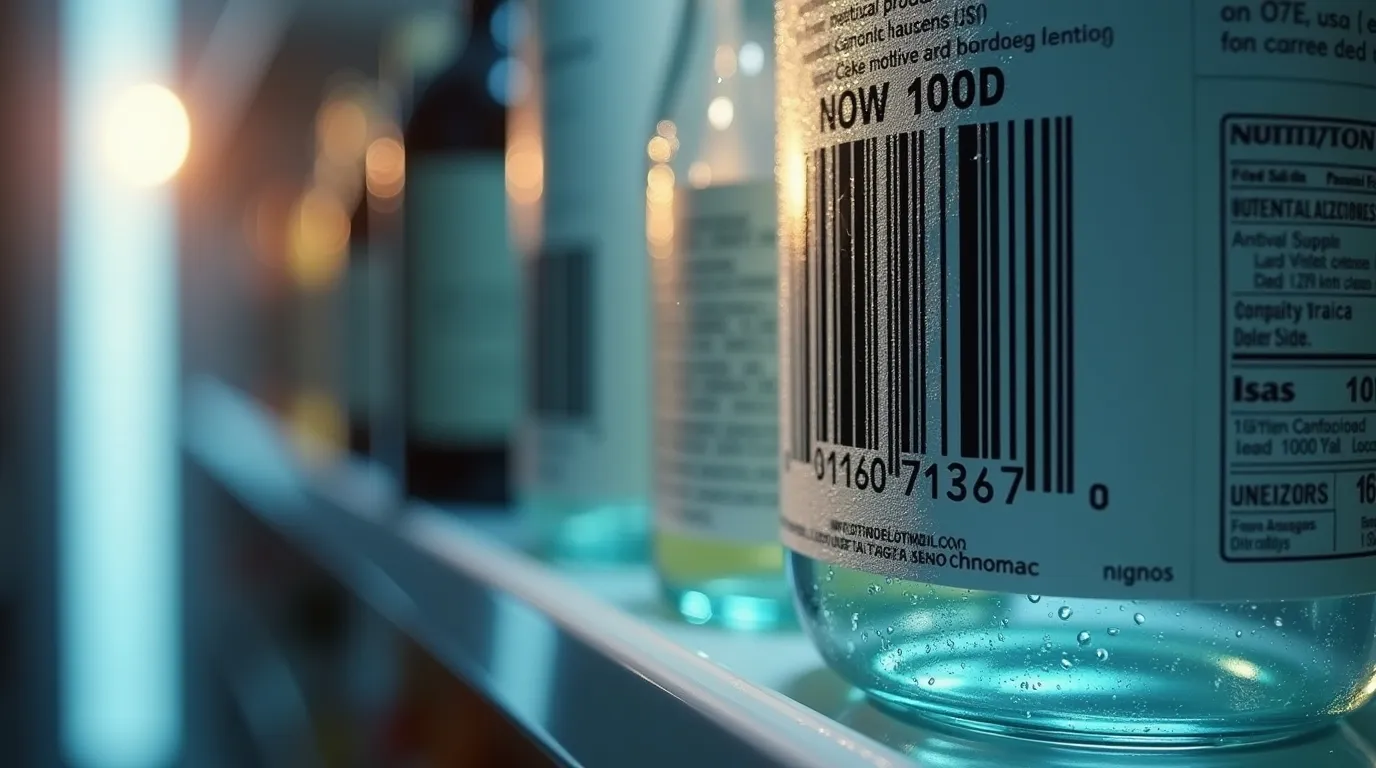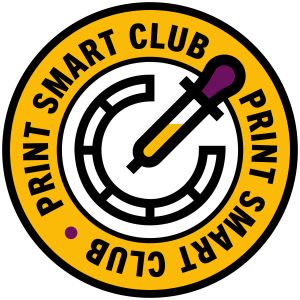The buyer meeting is in two hours. You’ve got a beautiful mockup… and a red email: “Barcode won’t scan on the fridge line. Nutrition panel too small. Move the recycling mark.” That sinking feeling? It’s not about your taste—it’s about compliance. The good news: you can meet the rules and keep the design strong.
Here’s how I build packaging that passes checks without looking like a legal textbook—across labels, pouches, and folding cartons/boxes.
The Balancing Act: Clear, Compliant, On‑Brand
Great packaging reads in this order: brand → product → variant → reasons to believe → mandatory info. Compliance doesn’t have to shout, but it can’t whisper either. The trick is spacing, contrast, and smart panel planning so required elements are easy to find without hijacking your layout.
Barcodes That Scan First Time
Contrast & background
- Put EAN/UPC on solid light backgrounds (white preferred). Avoid photos, gradients, metallics, or busy textures.
- On metallic or clear substrates, build a white underprint block under the barcode.
Quiet zone & size
- Keep the clear area left/right of the bars totally empty (no frames or text).
- Don’t reduce below the spec for your code type; if you must, test on the real substrate.
Orientation & finish
- Prefer picket fence (bars vertical) on curved containers; it resists distortion better than ladder orientation.
- Keep varnish/laminate consistent across the barcode; avoid spot gloss lines cutting through bars.
Placement pitfalls
- Labels: Avoid seams, tight curves, and areas that wrinkle.
- Boxes (folding cartons): Place on a flat panel away from tuck flaps, tear strips, or deep creases. Don’t straddle a hinge.
- Corrugated shippers: Use high-contrast ITF-14; print on white label or coated patch if board is dark/fuzzy.
Legal & Nutrition That Stay Readable
Type size & spacing
- Small doesn’t have to be painful: use clean fonts, solid contrast, and generous line spacing.
- As a practical rule of thumb, avoid going below 6 pt on labels and 7–8 pt on boxes for body legal text (always verify category regulations for your market).
Hierarchy & grouping
- Group mandatory info into tidy blocks (ingredients, allergens, nutrition, storage, distributor, net content).
- Keep allergens and warnings obvious—bold or caps within the paragraph can help without screaming.
Where it lives
- Front/Principal Display Panel: the bits that sell (brand/product/variant/claims).
- Side/Back Panels: the detail (nutrition, ingredients, instructions). On boxes, dedicate a clean side panel to legal info so the PDP stays focused.
Substrates & effects
- Tiny type over matte can look dull; compensate with contrast.
- Avoid placing small legal lines across foils, heavy textures, or emboss deboss zones.
Box‑Specific Notes (Folding Cartons)
- Plan with the dieline open: decide early which panel carries the barcode and which carries nutrition.
- Keep mandatory text off glue flaps and away from crash lock bases.
- Don’t cross scores with tiny type or hairline rules; they can crack or disappear.
- Add a spare barcode on a secondary panel if your retailer’s scanners often face a different side on shelf (check their policy first).
- For corrugated displays, expect ink spread; increase type size/weight for small legal and ensure barcodes are printed at a size that tolerates dot gain.
Placement Mistakes I See (and Fix)
- Barcode touching a decorative frame → kills the quiet zone.
- Nutrition table squeezed to fit → illegible when printed.
- Legal copy split across a fold → broken lines and failed checks.
- Barcode on metallized film without white → poor scan.
- Spot gloss stripe through bars → misreads.
Your 90‑Second Preflight (Before You Export)
- Barcode sits on solid light (with white underprint if needed) and has a clear quiet zone.
- Legal text meets your minimum size and contrast; line spacing is comfortable.
- No mandatory info sits on creases, glue, perforations, or tight curves.
- On boxes, barcode and nutrition are on flat panels with space.
- Effects (foil, spot UV, emboss) don’t cross small text or the barcode.
- Export CMYK/spot with bleed; include the dieline as non-printing or on a separate page per your printer’s preference.
- When in doubt, proof on the actual stock (clear, metallic, matte film, uncoated carton, corrugated) and scan the code.
Important: Regulations vary by product and market. This is production guidance—not legal advice. Always confirm local requirements (EU/HU, retailer guides, category rules).
Short‑Term Wins (This Week)
- Fewer rejected proofs and faster buyer approvals.
- No last-minute barcode rescans or nutrition redraws.
- Cleaner quotes and shorter timelines.
Long‑Term Wins (This Year)
- A repeatable layout logic that scales across SKUs.
- Retailer trust: files that pass first time.
- Lower reprint risk and steadier margins
Final Thought
Compliance shouldn’t hijack your design—and design shouldn’t hide compliance. With smart panel planning, contrast, and substrate choices, your packs can pass checks and look like your brand on the shelf.
Need a fast compliance pass on your dieline? I can audit barcodes, nutrition, and placements—labels, pouches, and boxes—before you hit send.

